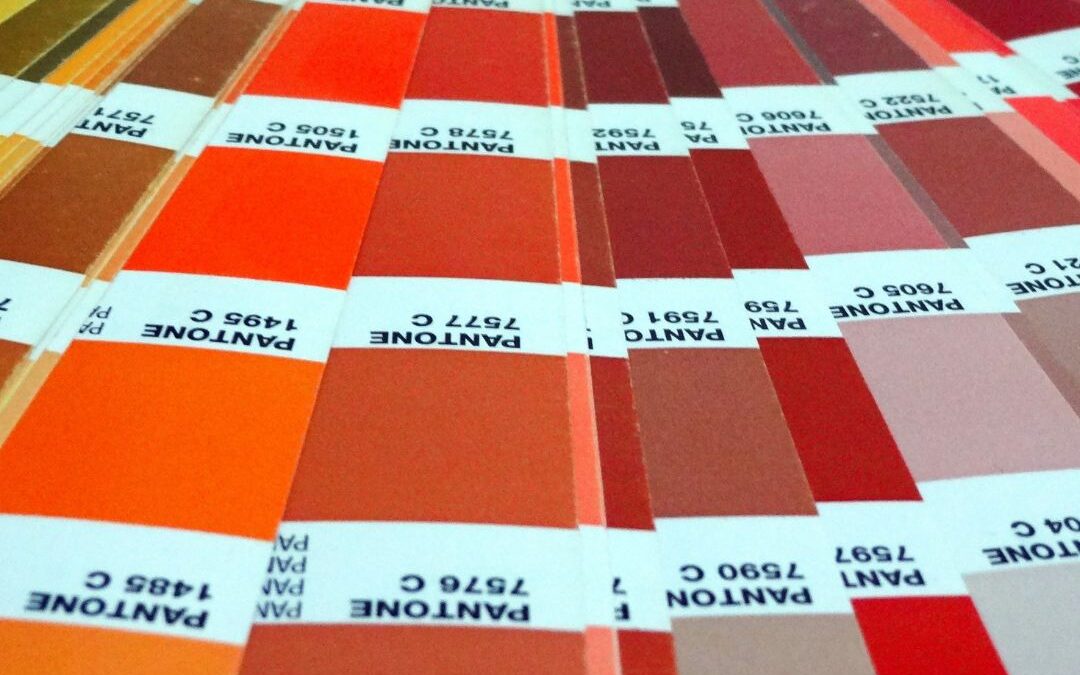Is There Any Way to Describe Colors?
Colors are an integral part of our daily lives, influencing our emotions, decisions, and perceptions. Yet, despite their omnipresence, describing colors can be surprisingly challenging. This blog post delves into the complexities of understanding color and explores various methods for articulating this fascinating aspect of our visual experience.
The Nature of Color
Before we can effectively describe colors, it’s essential to understand what color is. Scientifically speaking, color is the result of light interacting with objects and the way our eyes perceive that light. Colors are typically categorized into three primary components: hue, saturation, and brightness.
- Hue refers to the actual color itself (e.g., red, blue, green).
- Saturation describes the intensity or purity of a color; a highly saturated color appears vivid and rich.
- Brightness indicates how light or dark a color appears.
Understanding these components helps us articulate colors more precisely.
The Language of Color
One of the most common ways to describe colors is through language. However, words often fall short when trying to encapsulate the full experience of a color. For instance, how do you convey the feeling evoked by a vibrant sunset orange? Here are some approaches:
Using Common Associations
Many people associate specific colors with particular emotions or concepts. For example:
- Red often signifies passion or anger.
- Blue may evoke feelings of calmness or sadness.
- Yellow is frequently linked to happiness and warmth.
By tapping into these associations, we can provide context when describing colors. Instead of merely stating “the wall is blue,” one might say “the wall is a calming sky blue that evokes feelings of tranquility.”
Cultural Context
Colors can also have different meanings in various cultures. For instance:
- In Western cultures, white is associated with purity and weddings.
- In many Eastern cultures, white symbolizes mourning.
Understanding these cultural nuances allows for richer descriptions that resonate more deeply with diverse audiences.
The Use of Analogies and Metaphors
Another effective method for describing colors involves using analogies and metaphors. By comparing a color to something familiar—like nature or everyday objects—we can create vivid imagery in the reader’s mind. For example:
- A deep forest green could be described as “the lush hue found in a moss-covered tree.”
- A bright pink might be likened to “a cotton candy cloud at sunset.”
These comparisons not only make descriptions more engaging but also help convey the essence of a color beyond its technical definition.
The Role of Technology in Understanding Color
In today’s digital age, technology has transformed how we perceive and describe colors. Tools like digital palettes allow designers and artists to explore shades in unprecedented detail. Software programs often use hexadecimal codes or RGB values (red-green-blue) to specify exact hues.
Color Theory Applications
Understanding color theory—how colors interact with one another—is crucial for artists and designers alike. Complementary colors (those opposite each other on the color wheel) create contrast and vibrancy when used together; analogous colors (those next to each other) provide harmony and cohesion in design.
By applying these principles when describing colors—such as saying “the warm orange complements the cool teal”—we enhance our ability to communicate visually appealing combinations effectively.
Challenges in Describing Colors
Despite these methods for understanding color description, challenges remain:
Subjectivity
Color perception varies from person to person due to factors like lighting conditions or individual differences in vision (e.g., color blindness). What one person sees as a vibrant red may appear duller or even different altogether to someone else.
Limited Vocabulary
While there are countless shades—think cerulean versus navy—the English language has limited terms for certain hues. This limitation can lead to frustration when trying to convey specific shades accurately.
Conclusion: Embracing Complexity
Describing colors may seem straightforward at first glance; however, it encompasses layers of complexity influenced by science, culture, emotion, and personal perception. By employing various techniques—such as using common associations, cultural context, analogies/metaphors—and leveraging technology like digital palettes—we can improve our understanding of color description significantly.
Ultimately, while there may never be a perfect way to articulate every nuance associated with each hue fully; embracing this complexity enriches our communication about one of life’s most beautiful aspects: COLOR! Whether you’re an artist seeking inspiration or simply someone who wants better ways to express your favorite shades—understanding how best describes them will enhance your appreciation for this vibrant world around us!
Visit our blog page for more articles!

